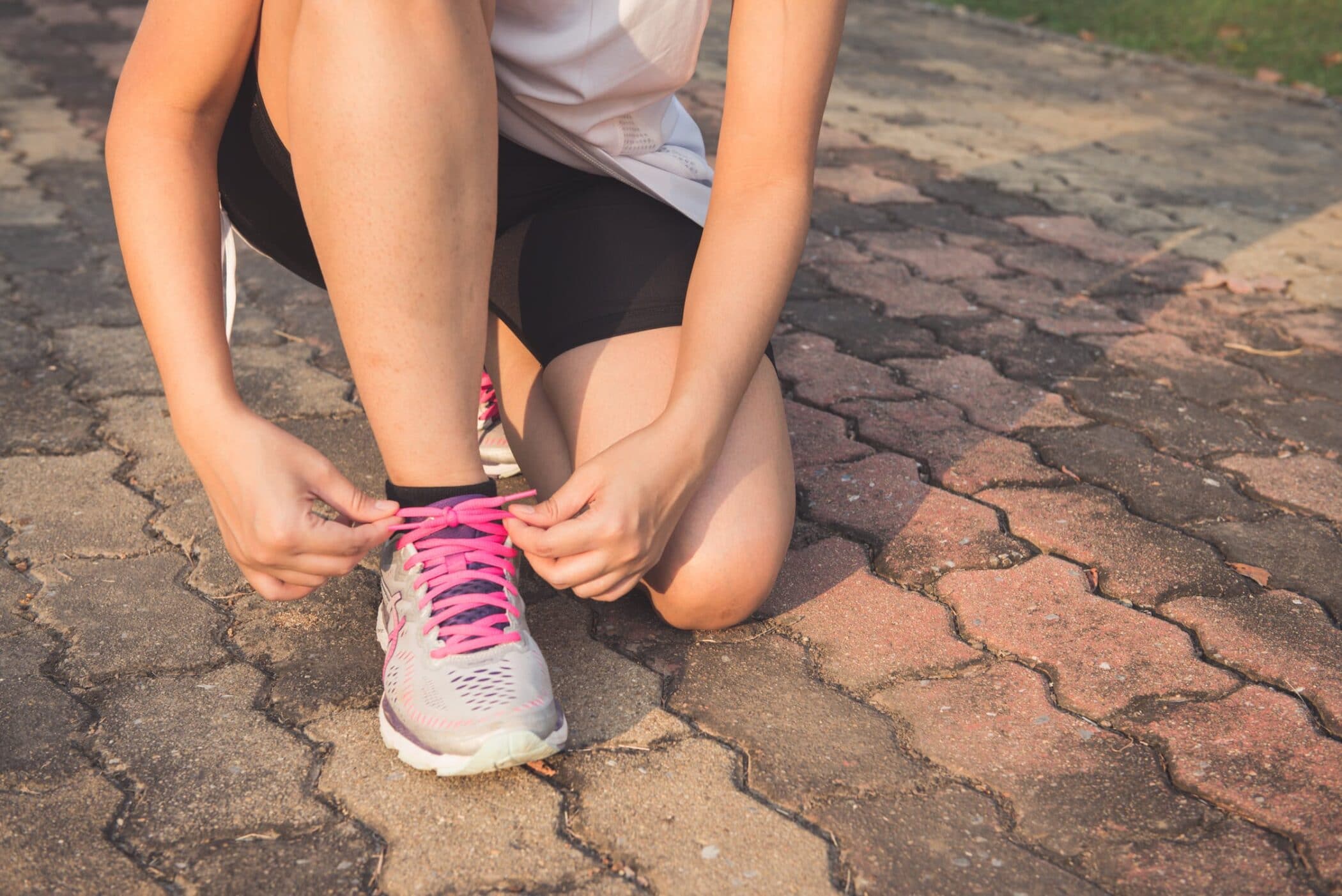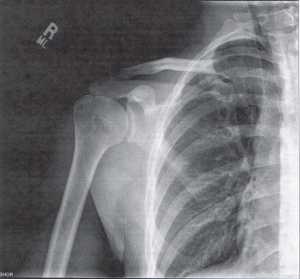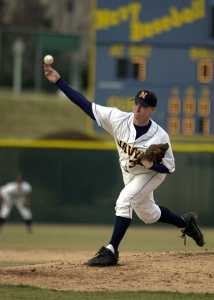MedicalResearch.com Interview with:
Alex L. Gornitzky
Medical Student and
Theodore J. Ganley, M.D.
Director of Sports Medicine,
The Children’s Hospital of Philadelphia
Associate Professor of Orthopaedic Surgery,
The University of Pennsylvania School of Medicine
Medical Research: What is the background for this study?
Response: Currently, more than half of all high school students participate in organized athletics, and with increasing participation the incidence of ACL injury and subsequent reconstruction are also rising. Furthermore, researchers also know that adolescent and high school athletes have a number of unique risk factors that differentially affect their
ACL injury risk profile as compared to older and/or more experienced athletes. To our knowledge, however, no previous studies have described sport-specific seasonal risk for ACL tears in the high school athlete by gender and by sport. More specifically, parents and athletes currently have no available information to more accurately define what their personal risk is for such an important and devastating injury. Therefore, the purpose of our study was to pool data from across the literature in order to objectively quantify an average high school athlete’s risk for ACL injury per season across a variety of varsity-level sports. If a student is injured while playing sports and the school doesn't deal with the injury correctly then it could make the issue worse. This is why it is important for schools to correctly identify is the player has suffered an ACL injury. If you have suffered an injury at school that wasn't properly dealt with then you may want to check out someone like these
new york personal injury lawyers to see if you can get compensation. This study will hopefully help students see the risk of them getting an injury meaning they can take measures to prevent one happening to them.
Medical Research: What are the main findings?
Response: Overall, there is an approximately 1.6 times greater rate of ACL tear per athletic exposure in high school female athletes as compared to males. On a per-season basis, the highest risk sports in females were soccer, basketball and lacrosse at 1.1%, 0.9% and 0.5% risk of ACL tear per athletic season. Comparatively, in males, the highest risk sports were football, lacrosse and soccer at 0.8%, 0.4% and 0.3% risk of
ACL tear per athletic season. Looking further at the year-round, multi-sport athlete, this may correspond to either a 2.5% risk per-year or 10% risk per high school career for the female athlete who participates in soccer, basketball and lacrosse, or 1% and 4%, respectively, for the male athlete who plays football, basketball and baseball.
(more…)








